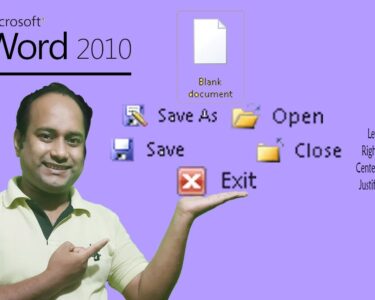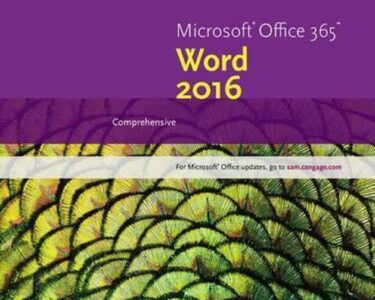
Learning Microsoft Word Practically
Introduction
Microsoft Word is a ubiquitous word processing software used worldwide for creating, editing, and formatting documents. Mastering Word can significantly enhance your productivity and communication skills.
Getting Started
- Find reliable learning resources: Utilize online tutorials, books, or instructor-led courses to gain foundational knowledge.
- Install Microsoft Word: Ensure you have a genuine copy of Microsoft Word installed on your device.
- Familiarize yourself with the interface: Understand the various toolbars, menus, and panels to navigate the software effectively.
Basic Functions
- Creating and opening documents: Learn how to create new documents or open existing ones.
- Typing and formatting text: Master basic formatting options like font, size, color, and alignment to create polished documents.
- Editing and proofreading: Use tools like Find and Replace, Spell Check, and Grammar Check to ensure accuracy and consistency.
- Inserting and formatting objects: Enhance your documents by adding images, shapes, tables, and charts.
Intermediate Functions
- Creating and managing styles: Utilize styles to quickly apply formatting to text and maintain consistency throughout your documents.
- Working with sections: Divide documents into sections to apply different headers, footers, or page numbers.
- Creating and using templates: Save common document settings as templates for easy re-use.
- Collaboration and sharing: Learn how to collaborate with others on documents using features like Track Changes and Comments.
Advanced Functions
- Creating macros: Automate repetitive tasks using macros to save time and improve efficiency.
- Using Mail Merge: Create personalized letters, emails, or envelopes by merging data from external sources.
- Creating and designing forms: Design professional forms for data collection and management.
- Advanced formatting and layout: Master advanced formatting tools to create visually appealing and professional-looking documents.
Best Practices
- Practice regularly: The key to mastering Word is consistent practice. Work on different types of documents to gain proficiency.
- Utilize shortcuts: Learn keyboard shortcuts to accelerate your workflow and save time.
- Attend workshops or online webinars: Enhance your skills by participating in guided training sessions.
- Explore Word’s help section: Refer to Word’s built-in help for quick reference and problem-solving.
Conclusion
Learning Microsoft Word practically empowers you with the ability to create, edit, and format documents like a pro. By following the steps and tips outlined in this article, you can become proficient in Word and leverage its capabilities to enhance your productivity and communication effectiveness.


